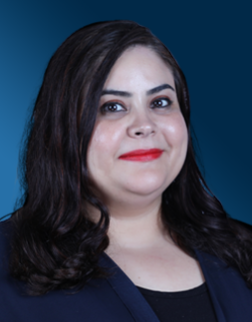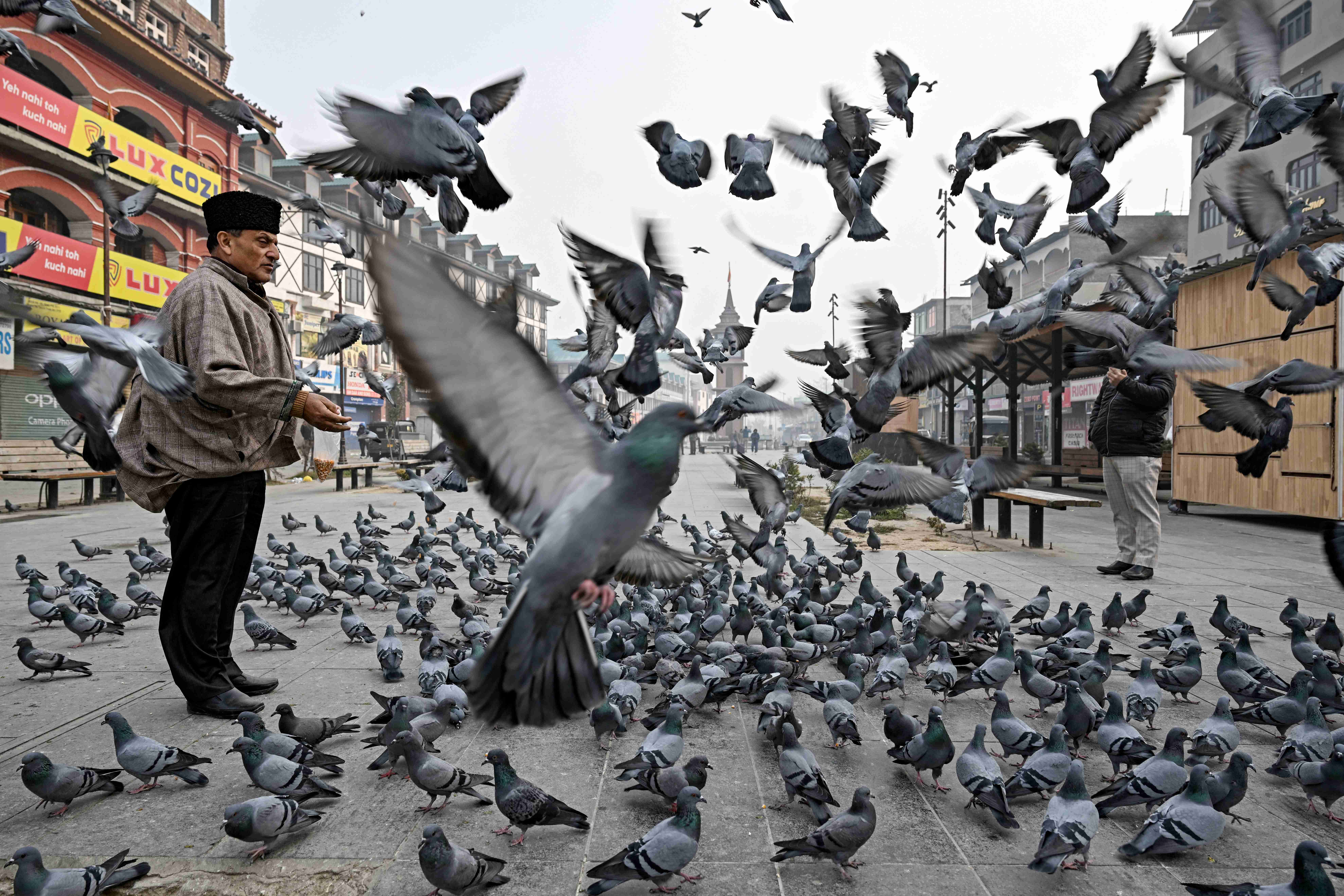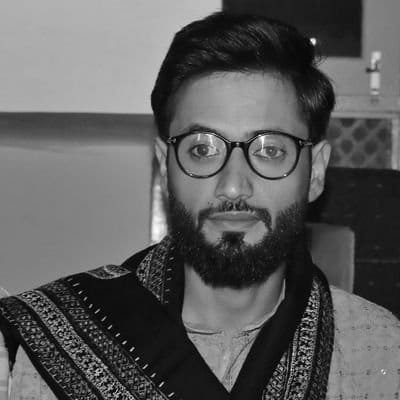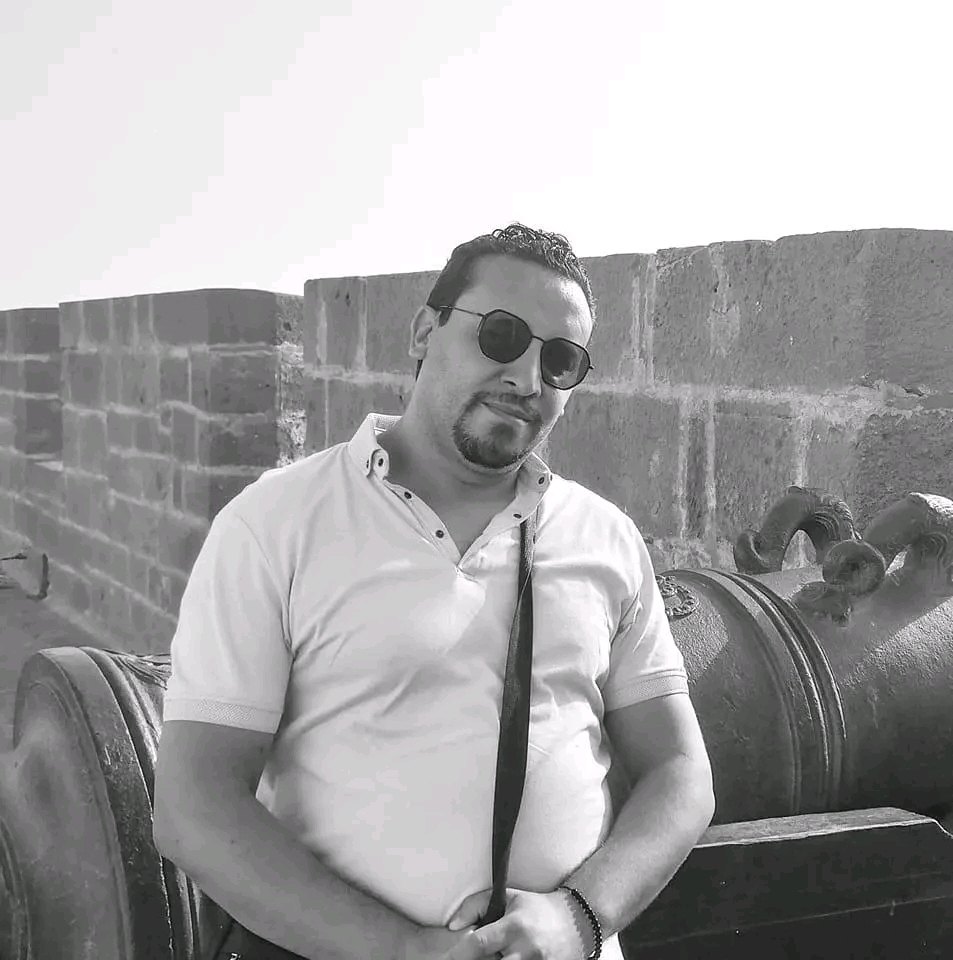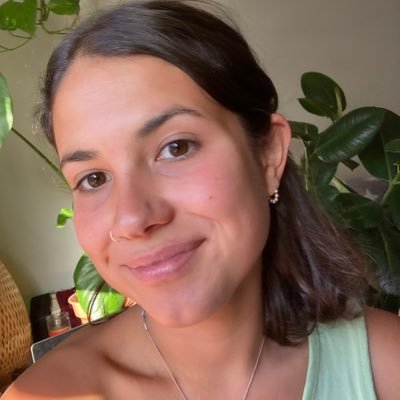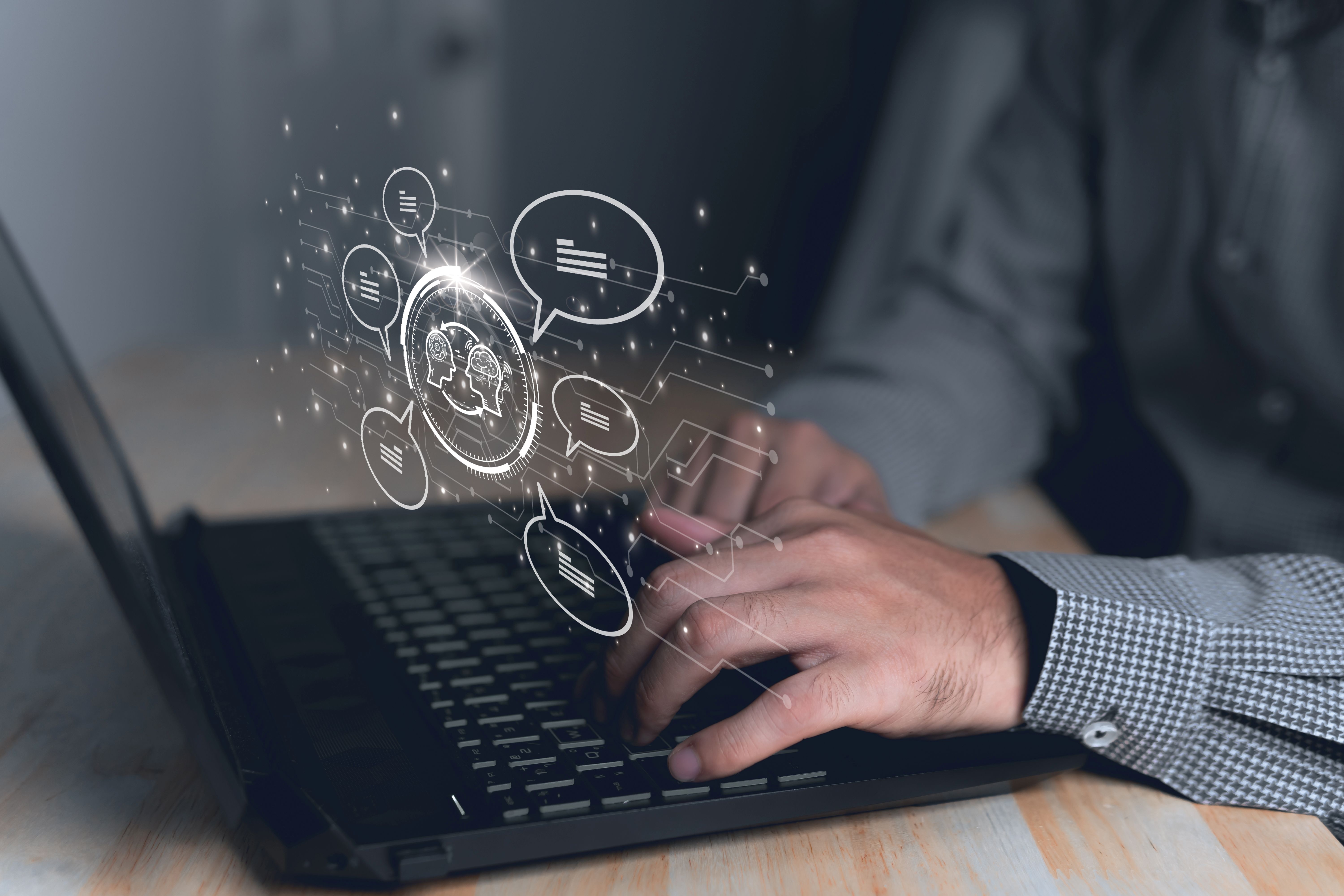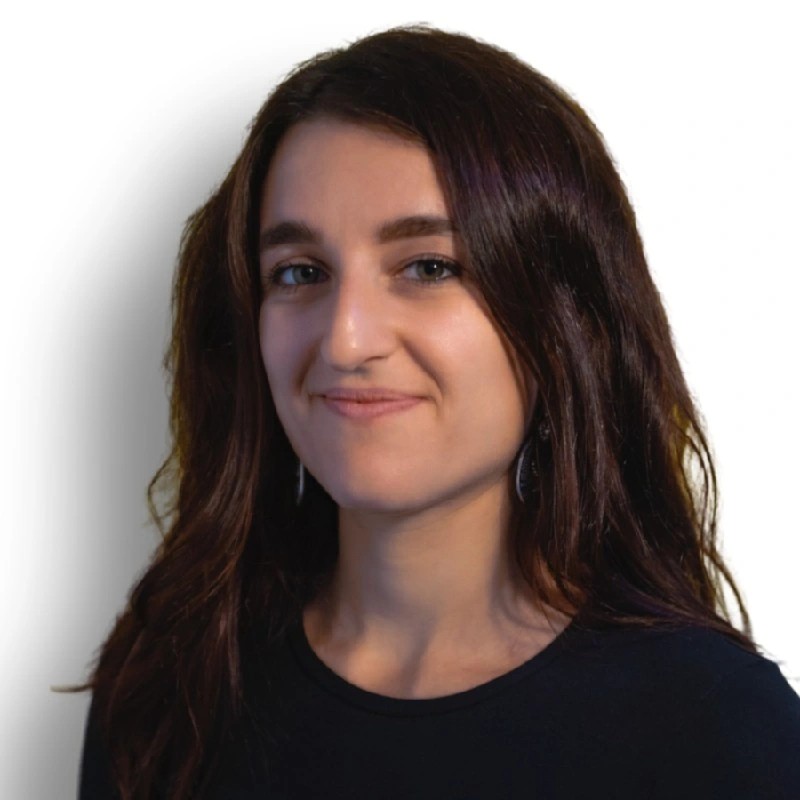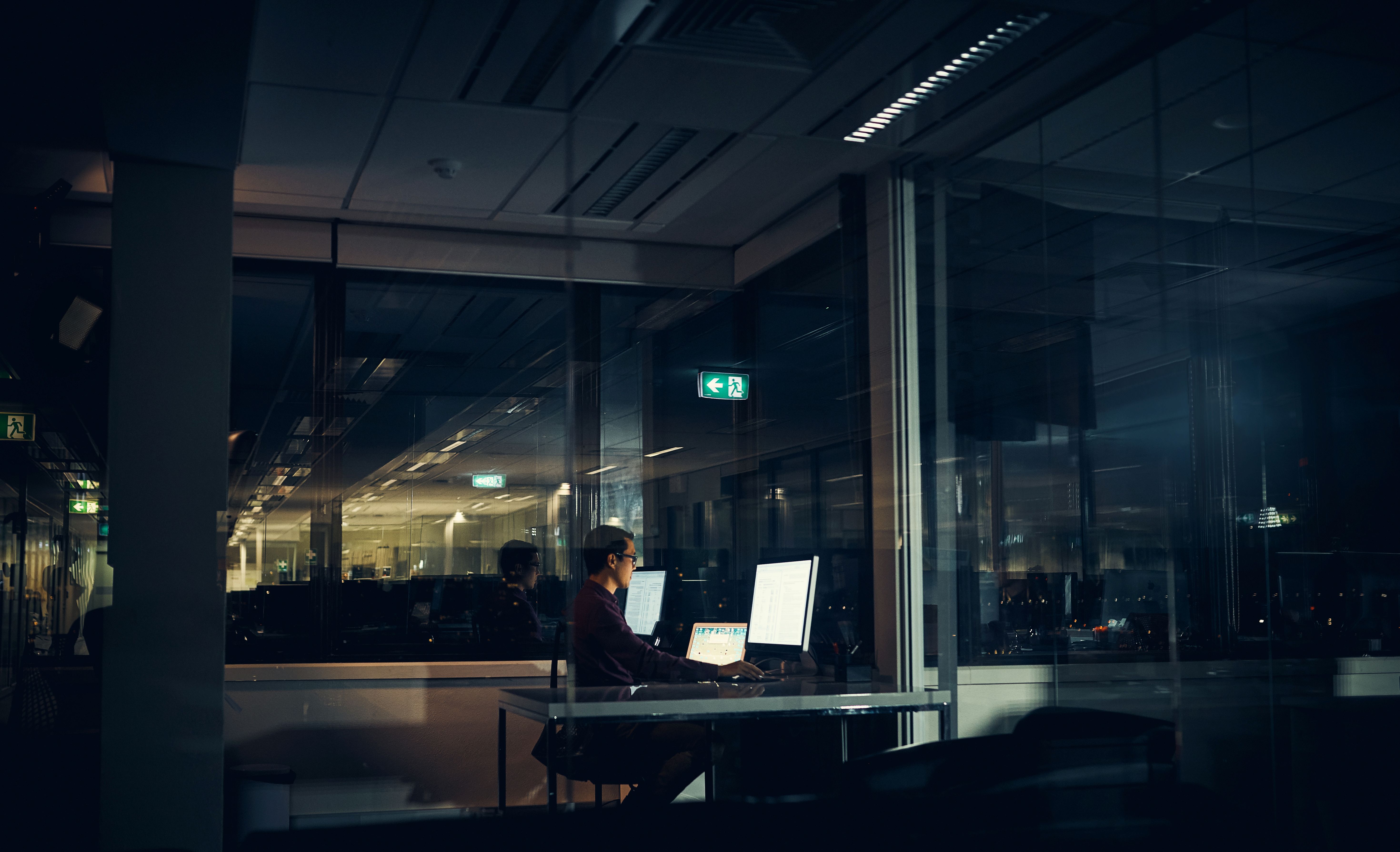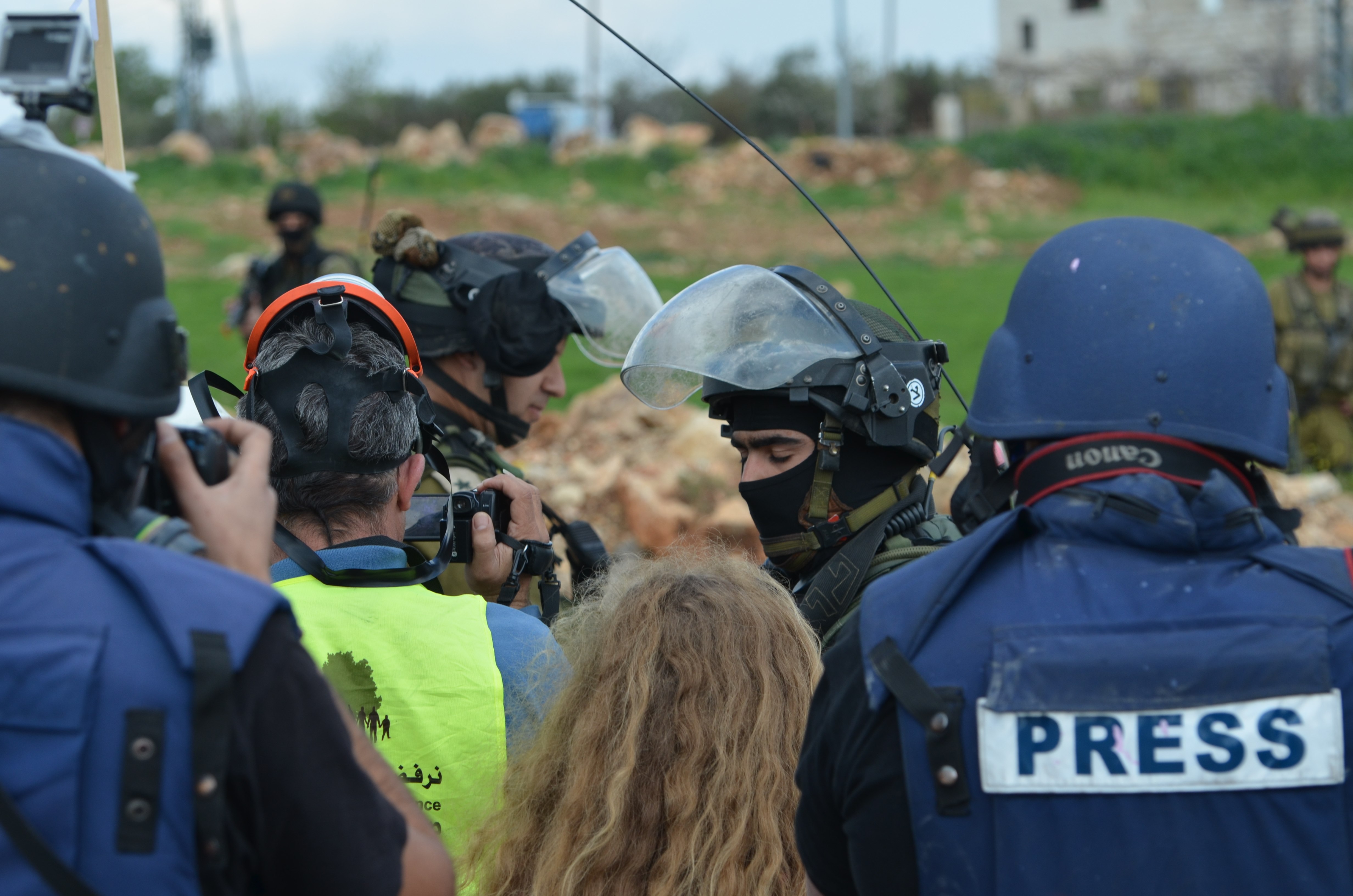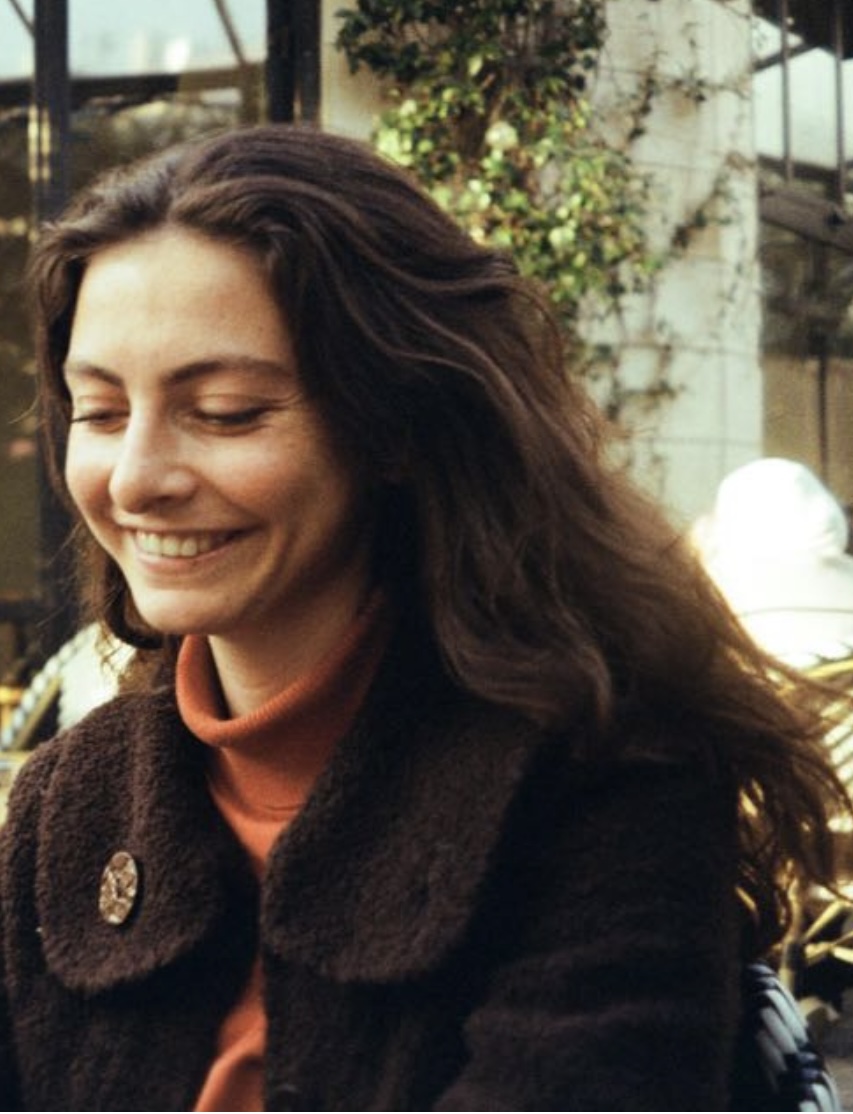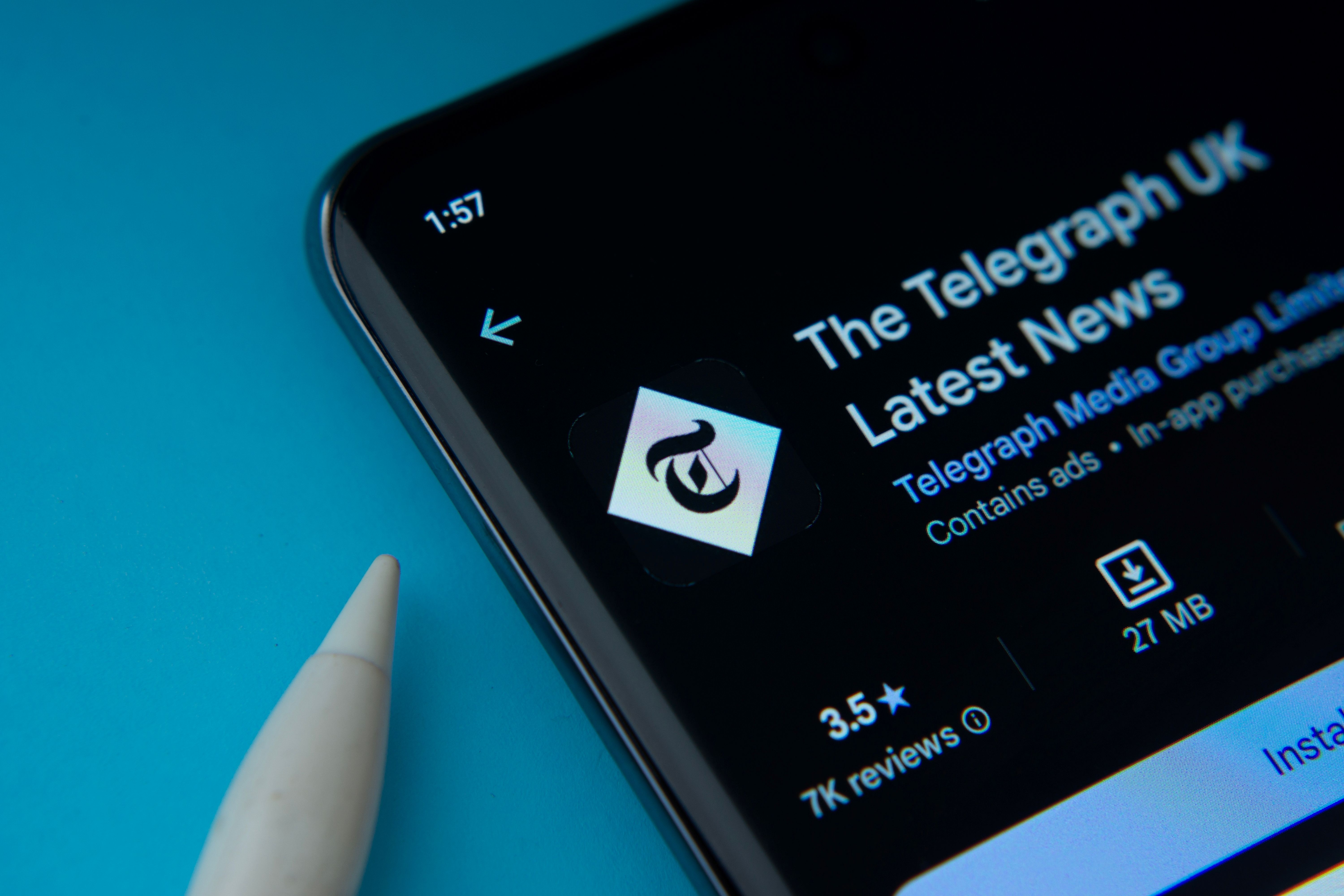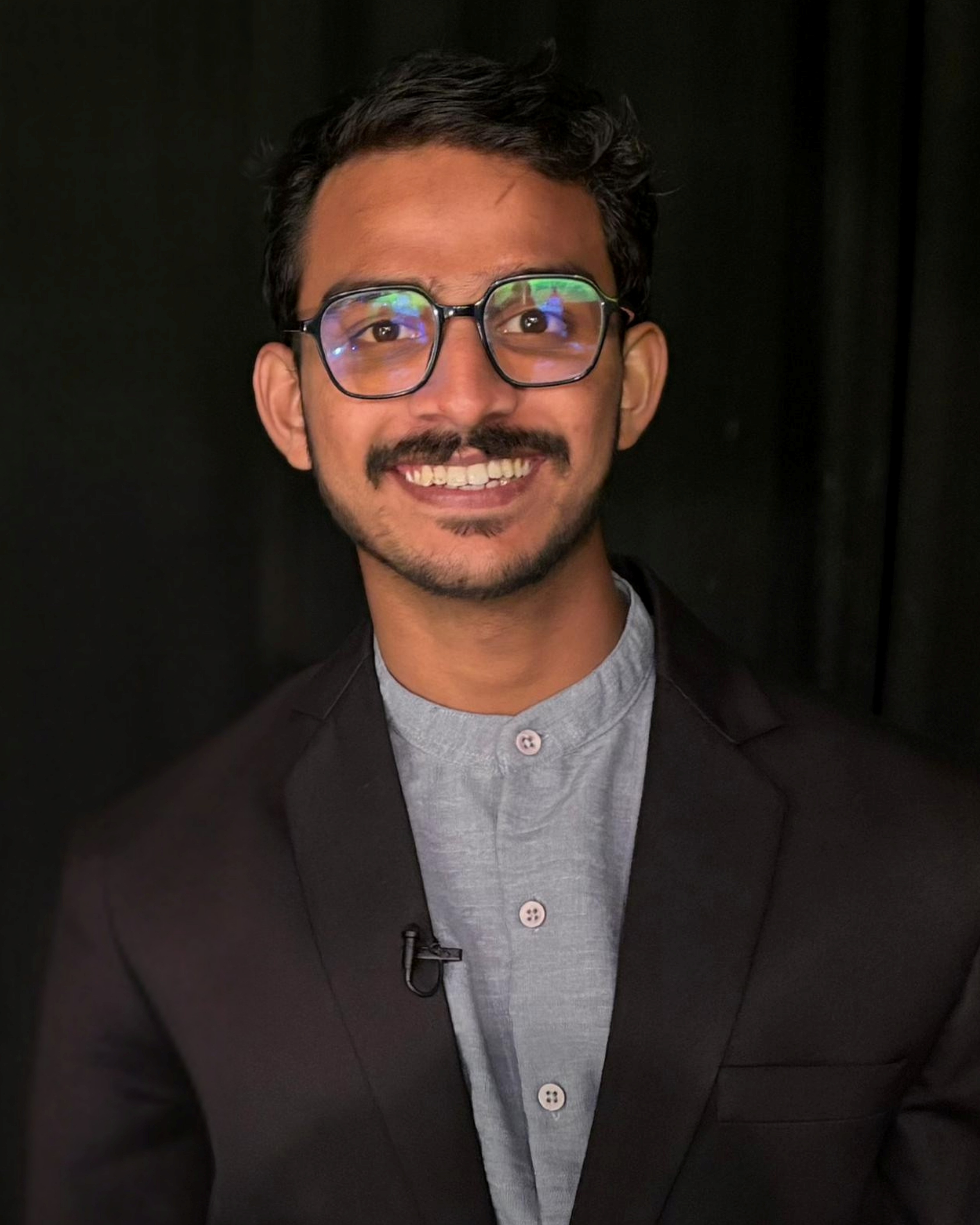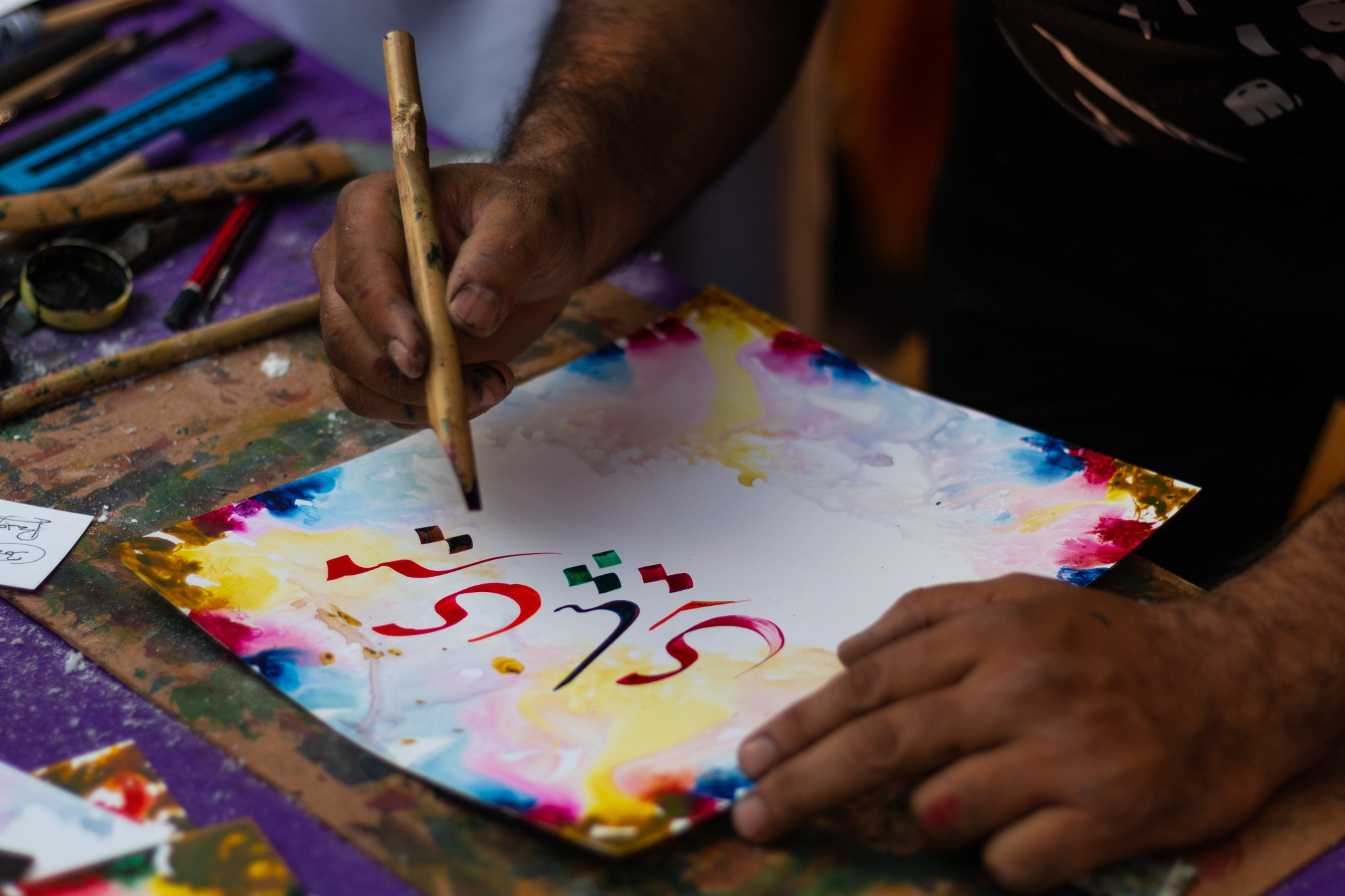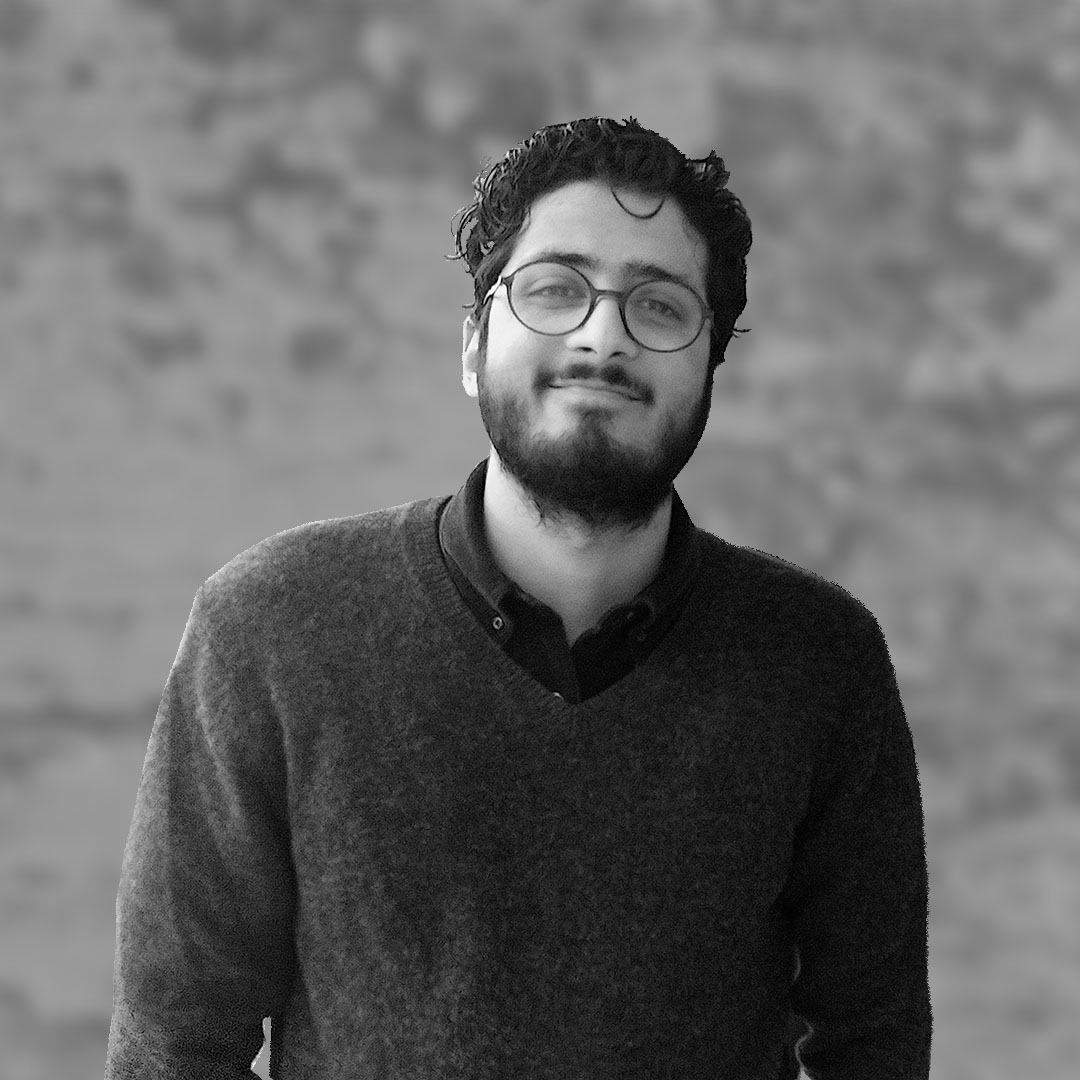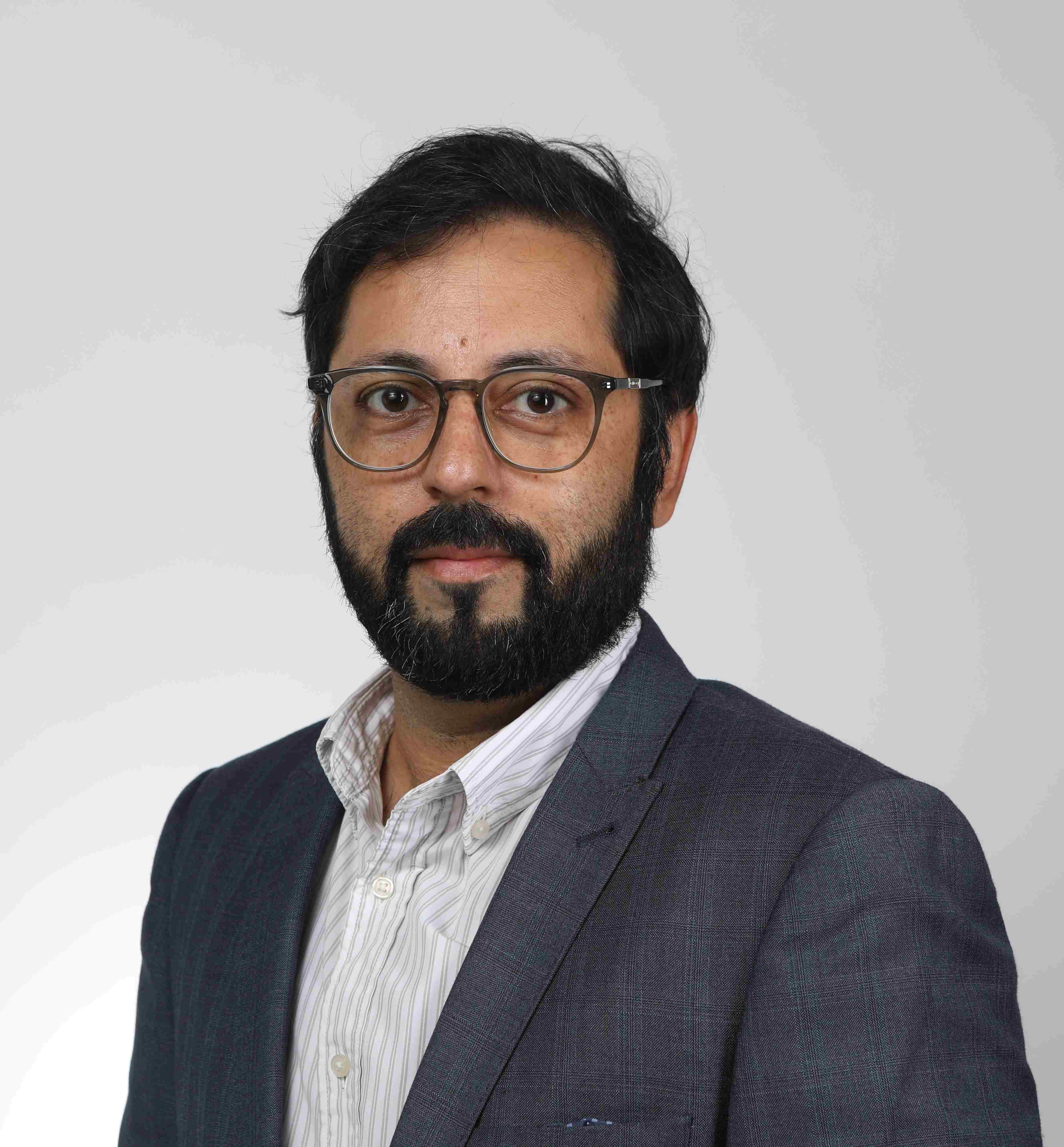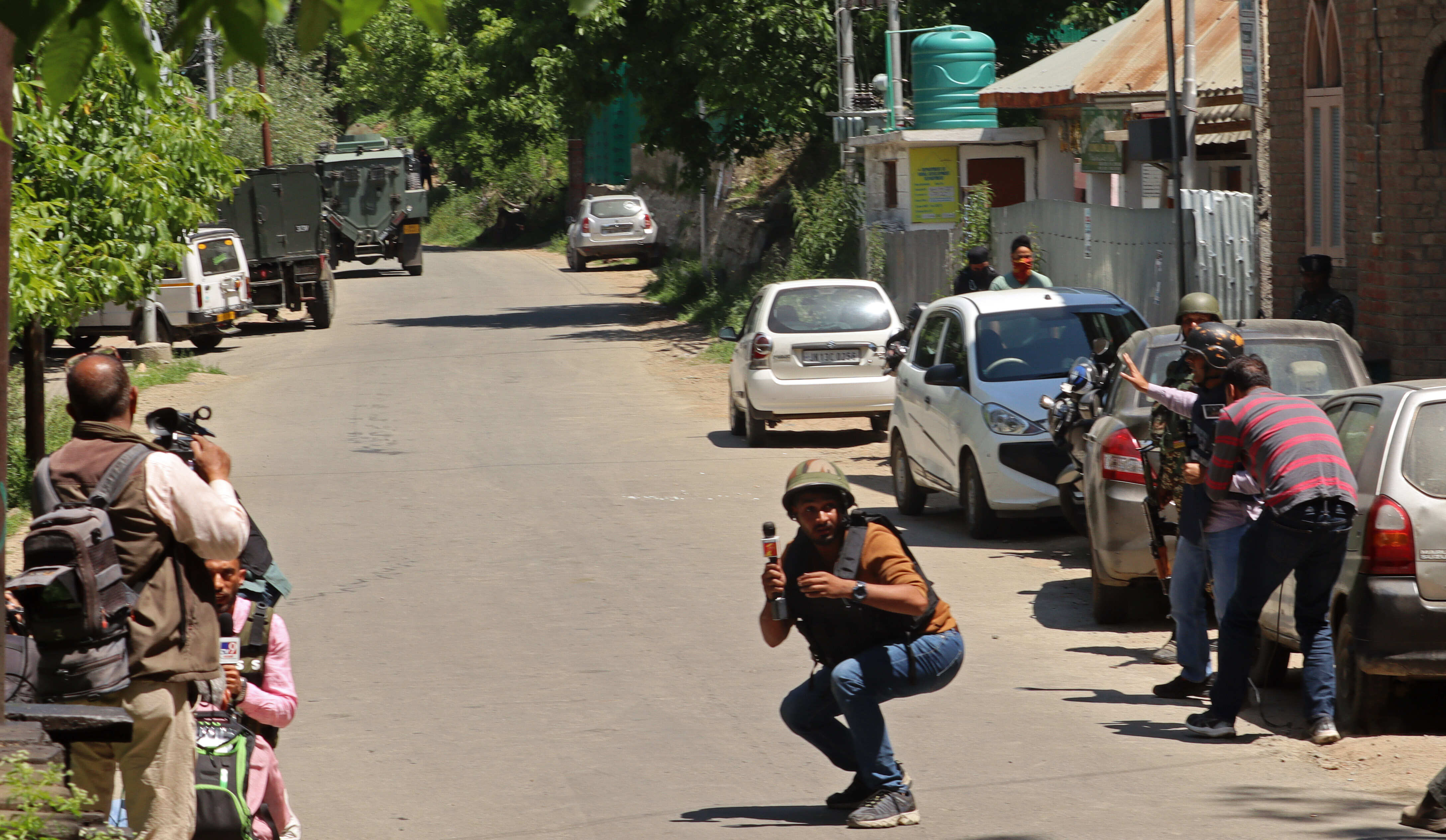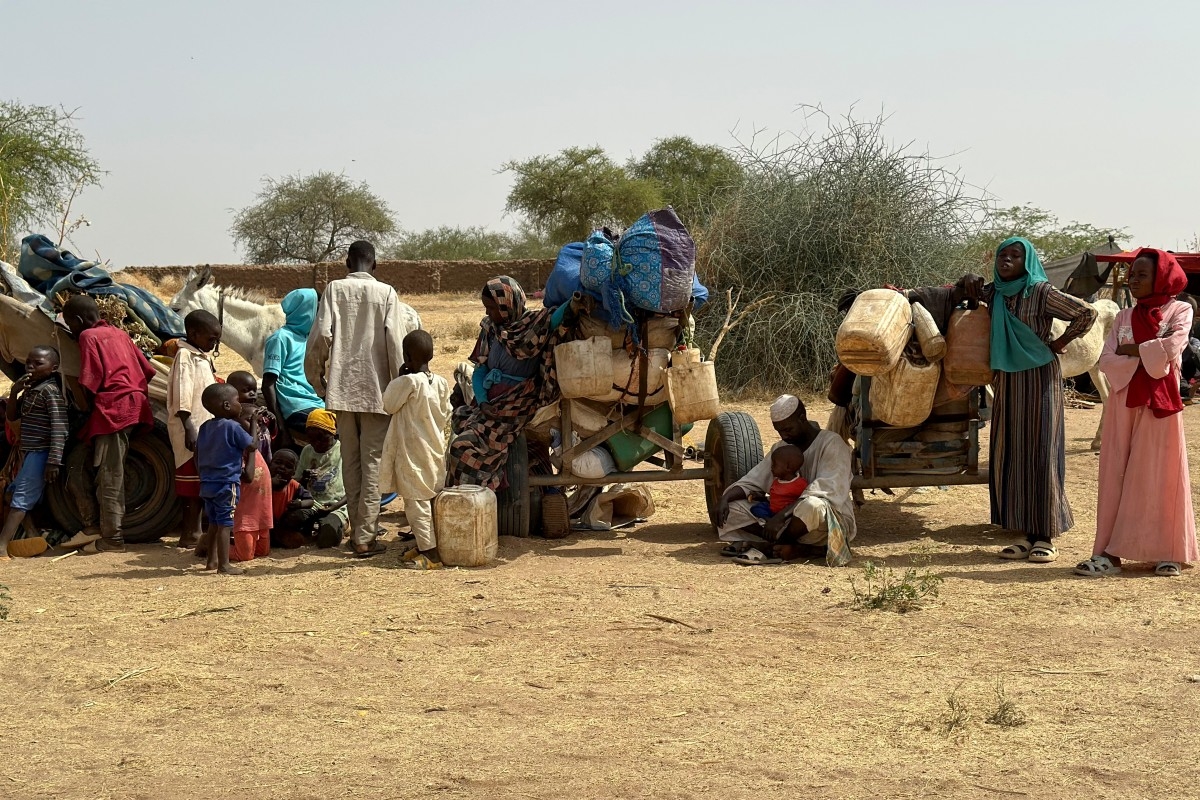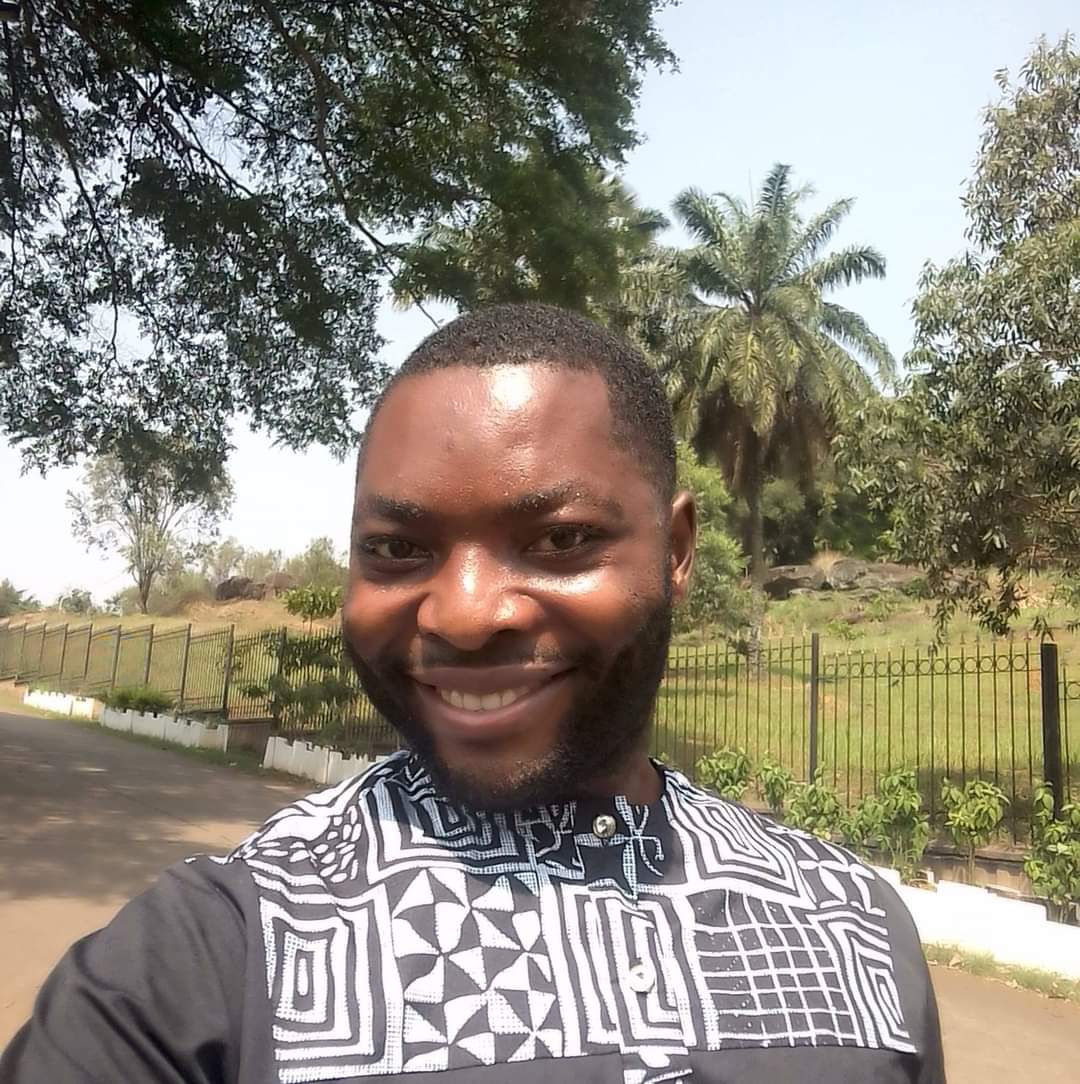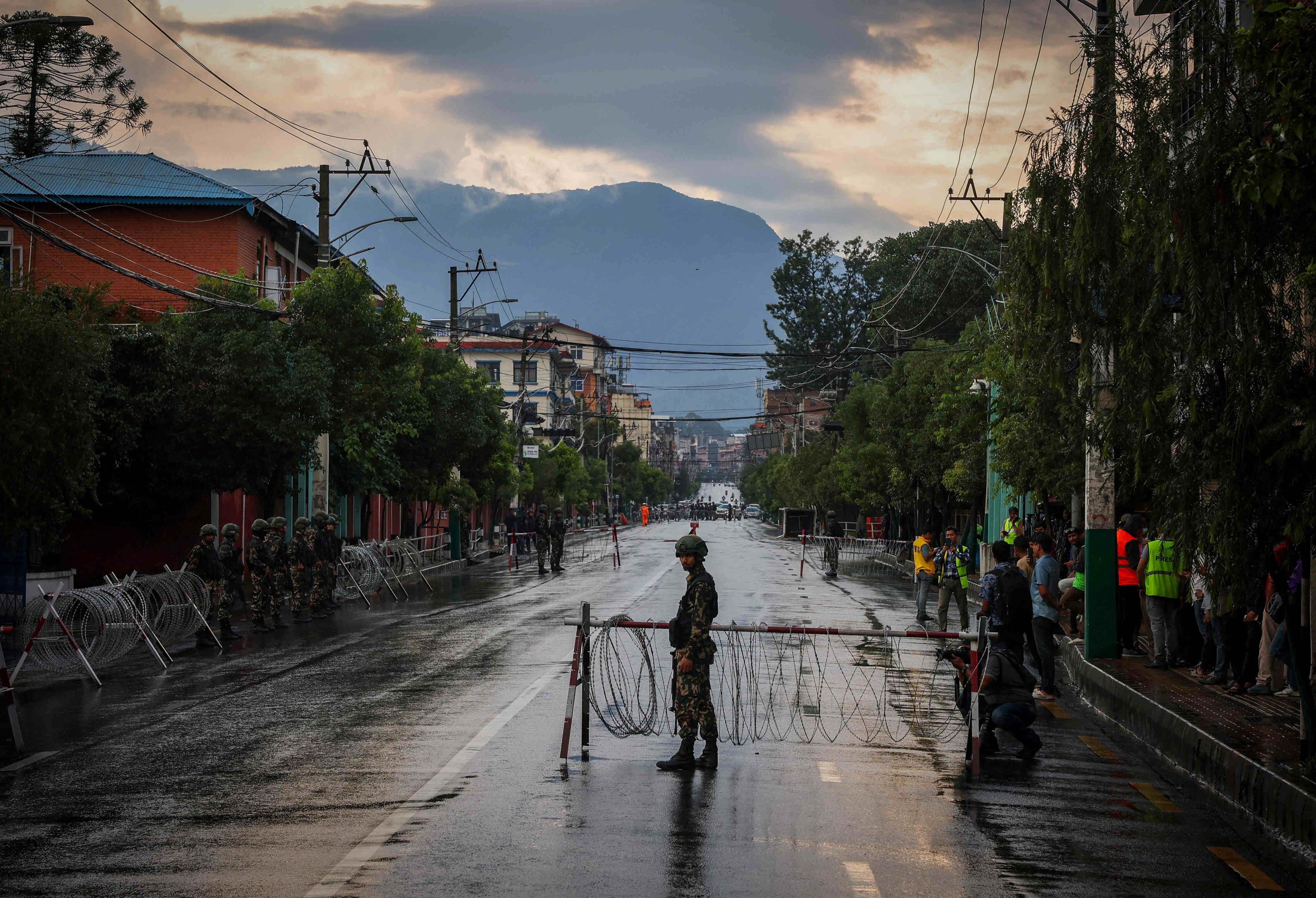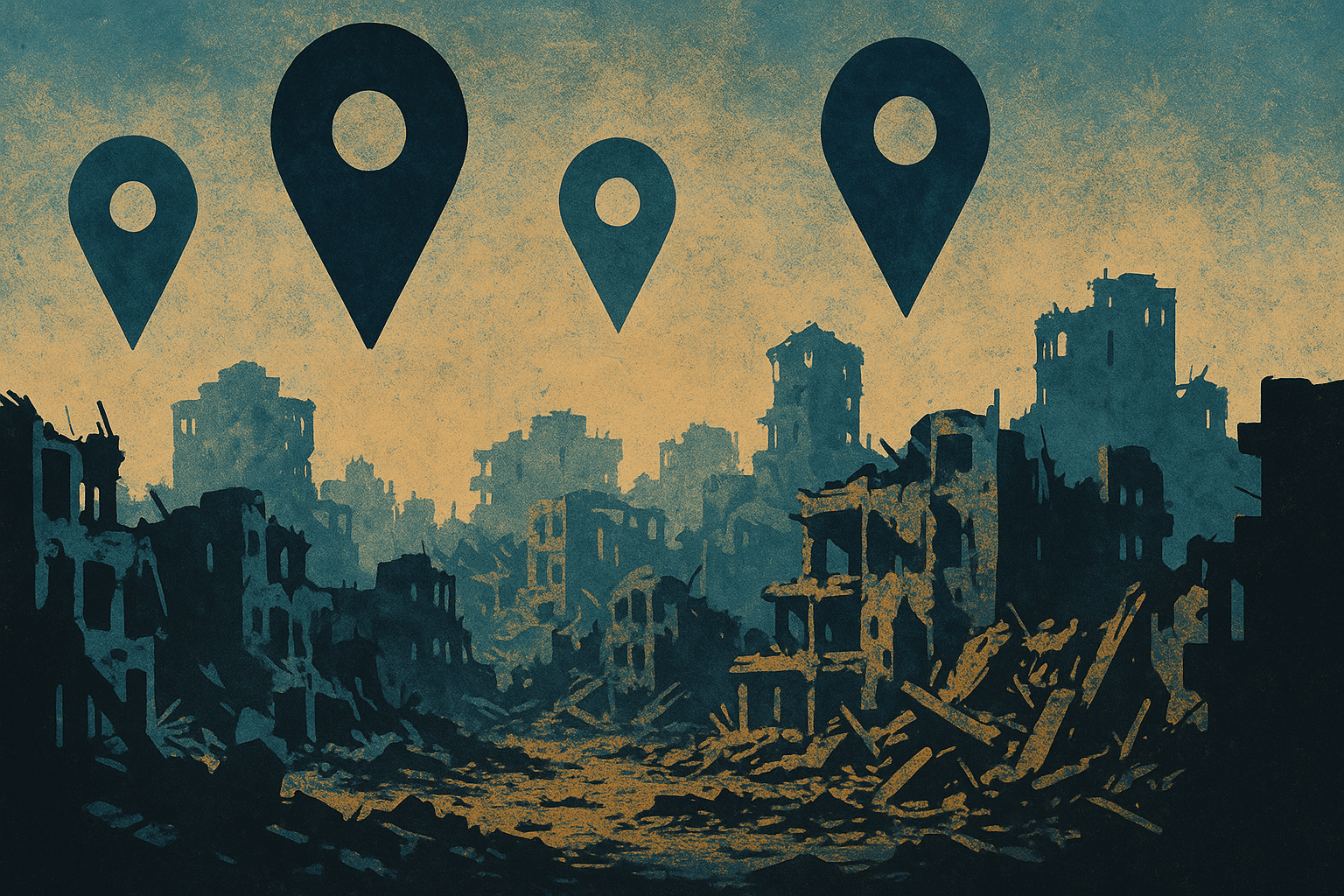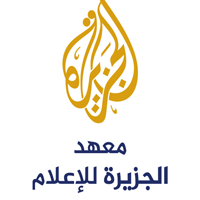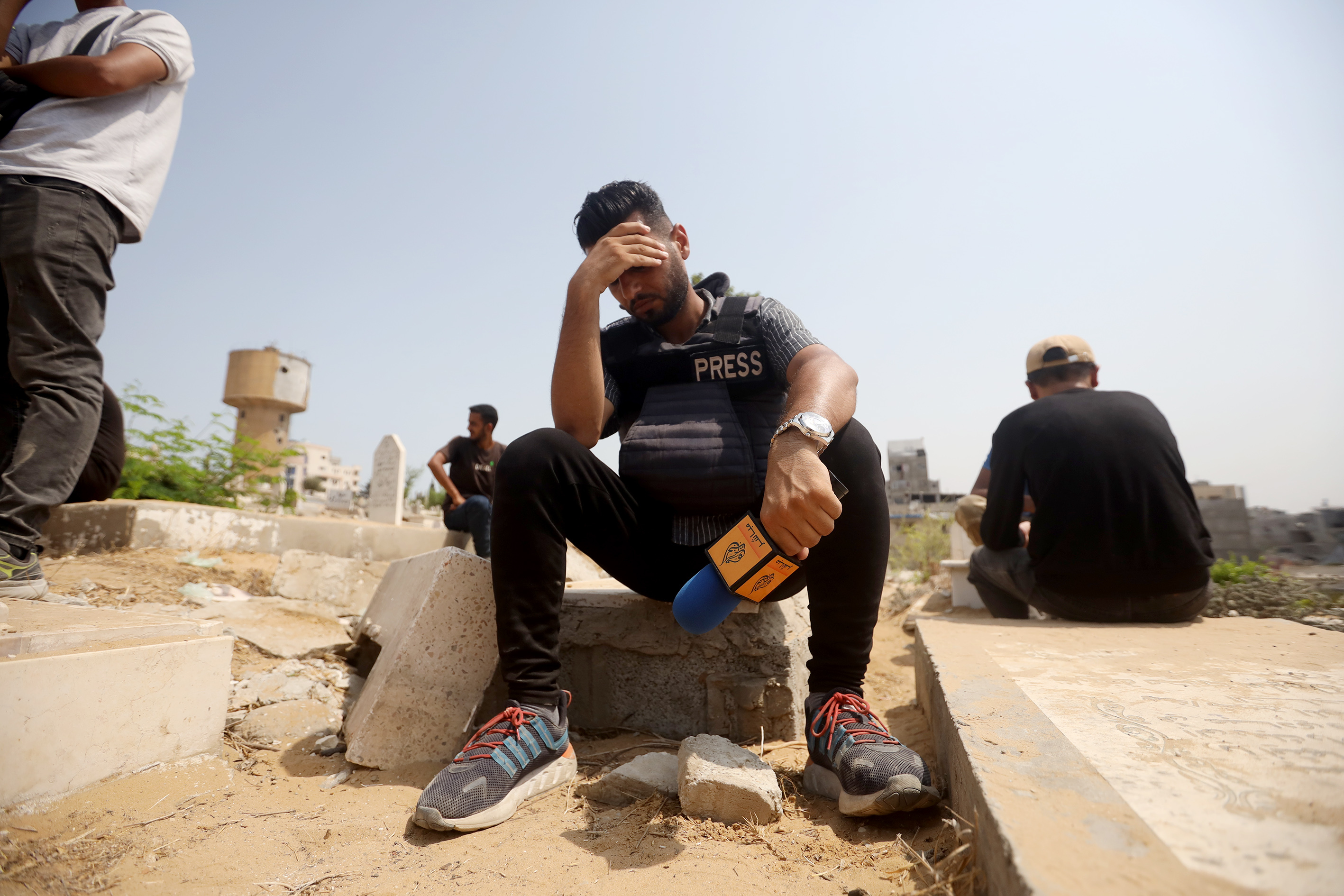استيقظ التونسيون يوم الخميس 29 نيسان/أبريل 2021، على خبر مفاده أن تونس هي "الأولى في العالم من حيث معدل الوفيات بكوفيد-19 بالنسبة لعدد السكان، وأنها الأولى أيضًا من حيث عدد الإصابات، وذلك وفقًا لنسبة التحاليل الإيجابية من عدد التحاليل الإجمالي".
هذا ما تناقلته الكثير من التدوينات التي وجدت سندًا لها في جملة من الرسوم البيانية المأخوذة عن منصة Our World In DATA، وهي عبارة عن مخططات شريطية وخرائط تظهر أن تونس تتصدر بلدان العالم في معدل الوفيات بالنسبة للسكان، وكذلك في مستوى انتشار الإصابات بكوفيد-19.
لم يتوقف الأمر عند هذا الحد، بل تجاوزه إلى قيام أطباء ومتخصصين وصحفيين ووسائل إعلام تونسية بنشر هذه المعطيات، بل أن عضوًا في اللجنة العلمية لمجابهة وباء كورونا قد أكدها في تصريح لإذاعة خاصة، وهو الخبر الذي ما يزال منشورًا إلى اليوم، ولم تنشر وزارة الصحة التونسية أي بيان يؤكد أو ينفي هذه المعلومات.
صور الرسوم البيانية تم التقاطها من منصة Our World In Data وهي نشرة علمية على الإنترنت، ينتجها مجموعة من الباحثين الذين يتخذون من جامعة أوكسفورد البريطانية مقرًا لهم. ليست المشكلة في المنصة في حد ذاتها، فلو ألقيت نظرة على وسائل إعلام مثل "بي بي سي" أو "نيويورك تايمز" وغيرها، ستجد أنها تعتمد بيانات Our World In Data أيضًا. وقد اعتمدتُها -شخصيًا- في أكثر من موضوع صحفي، إضافة إلى أننا نتعرض لها ضمن دروس صحافة البيانات في معهد الصحافة وعلوم الأخبار بتونس.
تبدو كلّ عناصر "صحة الخبر هنا مستوفاة، ولا يتبقى سوى النشر؛ فتونس في المركز الأول كما تظهرها الرسوم البيانية تلك، وقد أكد الخبر عضو من اللجنة العلمية، ولم تقم وزارة الصحة بنفيه. ولكن ثمة خطوة واحدة يجب أن تفصلك عن النشر، وهي زيارة موقع Our World In data ثم التحقق من هذه المعلومات والرسوم البيانية.
بالنسبة لشخص لم يعتد العمل على بيانات Our World in Data ومخططاتها، لن تكون المسألة سهلة، إذ إن قضاء بعض الوقت على الموقع هو سبيلنا الوحيد لتدقيق هذه المعلومات.
ولكن يبدو أن ذلك لم يحدث على الأقل لدى مختلف وسائل الإعلام التي نشرت الخبر، وذهبت إلى حد القول إن تونس هي الأولى في عدد الوفيات ومعدّل الانتشار، وهو -طبعًا- معدل غير منطقي بمجرد متابعة الأرقام المتعلقة بكوفيد-19 وانتشاره حول العالم، كما أن علينا أن لا ننسى أنه لا يمكن مقارنة البلدان انطلاقًا من الأرقام الخام، وسنشرح ذلك فيما بعد.
لذا فإن هذه الرسوم وإن كانت غير مفبركة فإنها انتقائية. فقولنا -على سبيل المثال- "إن الوضع في تونس من حيث معدل الوفيات بالنسبة للسكان أسوأ من الهند وفرنسا بحسب Our World In Data في الأيام السبعة الأخيرة" يختلف عن القول بأن تونس هي الأسوأ في العالم.
يومها، عدت إلى موقع النشرة التي تفرد قسمًا خاصًا بكل ما يتعلق بكوفيد-19، فوجدت أن المجر هي الدولة الأولى في العالم من حيث معدل الوفيات، وتونس ليست الثانية ولا الثالثة، بل هي في المرتبة العشرين. وقد أصبحت في آخر مرة اطلعت فيها على الموقع في المرتبة 17 في الأيام السبعة الأخيرة أيضًا. أذكر أنني تأكدت من مرتبتها أكثر من مرة، كنت أنظر إلى بيانات Our World in Data ولا أفهم لماذا انتشر ذلك الخبر بهذه الطريقة رغم أنه غير حقيقي.
المصدر العلمي غير مقدس
استمعت مرة إلى نقاش بين صحفيين في تونس، مفاده أنه "لا يمكن لك أن تجادل مصدرًا علميًا، لأنه متخصص في هذا المجال، أما أنت فلا". هذا الأمر صحيح جدًا، بالنسبة لصحفي غير متخصص. ولكن المصادر العلمية يجب أن يحاورها صحفيون متخصصون، لديهم اطلاع على آخر النشرات العلمية، وقادرون على طرح وجهات النظر العلمية المخالفة. فثمة دائمًا وجهات نظر مخالفة، وتلك طبيعة البشر وإن تعلق الأمر بالمسائل العلمية، فلا يجب أن تجعل تلك الهالة العلمية أو المصدر مقدسًا، خاصة إذا ما تعلق الأمر بمعلومات يمكن أن نتحقق منها عبر زيارة النشرة العلمية والتأكد مما انتشر. إن اتجاهنا نحو وضع كل المسؤولية على عاتق المصدر العلمي والرسمي باعتباره أكد هذه المعلومات، هو فقط محاولة منا للتملص من مسؤوليتنا في تقديم معلومة دقيقة للجمهور.
فحراسة البوابة، لتحديد ما يصل الجمهور ولضمان دقة وسلامة المعلومات يخضع اليوم لسلطة وسائل التواصل الاجتماعي، والتي تتوفر أيضًا على حراسة للبوابة، وهو دور يلعبه قادة الرأي. لا يتحقق الناس مما ينشر على وسائل التواصل الاجتماعي ولكن ما يعطي الأمر ترويجًا أوسع في صفوف الصحفيين هو أن يشارك هذه المعلومات أو التدوينات قادة رأي. وفي هذه الحالة المذكورة في بداية المقال، شارك عدد من الأطباء هذه الرسوم على صفحاتهم، واستغلوا الفرصة للتحذير من الوضع الوبائي الذي يزداد سوءًا في البلاد. مرة أخرى شعر الصحفيون أنه يمكن الإلقاء بالمسؤولية على عاتق هؤلاء المتخصصين.
هناك دراسة بعنوان "انتشار الأخبار الصحيحة والكاذبة على الإنترنت" نشرتها مجلة Science سنة 2018، تابعت أكثر من 100 ألف تغريدة على تويتر من 2006 إلى 2017. توصلت هذه الدراسة إلى أن أكثر من 1% من الأخبار الكاذبة والمعلومات المضللة انتشرت إلى ما بين ألف و100 ألف شخص، في حين أنه نادرًا ما تنتشر الأخبار الصحيحة لأكثر من ألف شخص. إذ إن للأخبار الزائفة والمعلومات المضللة قدرة سريعة على الانتشار، وإذا أضفنا لها هذه الهالة من القدسية التي ضمنها لها المتخصصون سواء أكانوا مصادر رسمية مثل اللجنة العلمية أو أطباء دوّنوا على الفيسبوك، فإنه لا شيء يمكن أن يوقف انتشارها. فالسياق كان داعمًا لهذا التوجه قبلها بيومين، حيث أعلنت وزارة الصحة بتاريخ 27 نيسان/ أبريل 2021 أن تونس سجلت 119 وفاة في يوم واحد.
لقد استخدمت هذه الرسوم البيانية غير الدقيقة من أجل إطلاق جرس الإنذار ودفع الحكومة والمواطنين لأن يأخذوا الأمر بجدية أكثر. ولكن لا يبرر ذلك -بطبيعة الحال- نشر وسائل الإعلام للخبر، فكون تونس في المرتبة 20 أمر سيئ أصلًا، ولا نحتاج إلى أن نهول الأمر أكثر. في المقابل، لم يُحدث قيام بعض السياسيين والأطباء والمختصين في الإحصاء بنشر تدوينات تدحض هذه المعلومات أي صدى واسع، بل استمرت وسائل إعلام في نشر الخبر غير الدقيق.
لبيانات كوفيد-19 خصوصياتها
لا يمكن لصحفي يشتغل على موضوع فيروس كوفيد-19 ألا يكون على دراية بالمصادر التي تقوم بجمع البيانات حول انتشاره: منظمة الصحة العالمية في المقدمة، أور وورلد إن داتا، وجونز هوبكينز ووورلد ميتيرز، رويترز أيضًا خصصت قسمًا لمتابعة أخبار فيروس كوفيد-19 وكذلك نيويورك تايمز وفايناشيال تايمز وغيرها.
يمكننا أن نعتمد هذه المصادر، ولكننا يجب أن نفهم الأبعاد الأخرى المتعلقة بالفيروس قبل أن نتعامل معها. أولًا، لكل بلد سياقه؛ فعندما نقارن بلدان العالم، علينا أن نعرف أن الإصابات لم تظهر ولا الوفيات حدثت في نفس التوقيت، بل إن الموجات المتعاقبة تحدث بأشكال مختلفة من بلد إلى آخر. فالسلالات الجديدة تظهر أيضًا في أوقات مختلفة، كما أن سياسات التحاليل تختلف من بلد إلى آخر.
ثم إنه علينا أن نضيف إلى ذلك السياقات السياسية والاقتصادية المختلفة من بلد إلى آخر. قد تكون هناك بلدان أكثر شفافية من الأخرى في نشر الأرقام والمعلومات، وقد يتجنب الناس في بعض البلدان التوجه إلى المستشفيات، وبالتالي فإنهم يبقون دائمًا خارج دائرة الإصابات والوفيات المعلنة. وفي بعض البلدان تقدر الأرقام بأنها أكثر بخمسة أو عشرة أضعاف مما يعلن.
لا يمكن لنا كصحفيين مهمتنا تدقيق الحقائق أن نقارن بين الأعداد الخام للإصابات أو الوفيات أو التحاليل، مثلما فعلت بعض وسائل الإعلام في تونس، ولا يمكن أن نقارن عدد الوفيات في تونس بعدد الوفيات في الهند. ما تتبناه جل المصادر التي ذكرتها هو أنها تحتسب معدلات الإصابة والوفاة حسب عدد السكان، وهو ما يحدد حجم الإصابات أو الوفيات لكل 100 ألف أو مليون نسمة. هذه المقارنات وإن كانت معتمدة بشكل واسع فهي غير دقيقة، ويمكن أيضًا أن تنطوي على انحيازات كثيرة.
ولكن حتى لو اعتمدنا المقارنات لـ 100 ألف من السكان أو لمليون، فعلينا أن نكون على دراية بهذه الاختلافات وبالسياقات المتعددة التي يظهر فيها فيروس كوفيد-19 لنكون قادرين على تفسيرها للجمهور في حال ظهرت معلومات مضللة من هذا القبيل.
تخبرنا الدراسات العلمية أن الأخبار الزائفة والمعلومات المضللة تعيش أكثر بكثير من تلك الصحيحة والدقيقة. ففي الأيام الموالية لانتشار الخبر، رددته العديد من الشخصيات المعروفة. وربما لو قمنا باستطلاع سريع للتونسيين وسألناهم عن ترتيب تونس، سيقولون إنها الأولى في العالم من حيث معدل الوفيات بفيروس كوفيد-19، وهو أمر ينطبق على جانب كبير مما يقع تداوله عبر منصات التواصل الاجتماعي، خاصة إن كانت رسومًا بيانية تحمل شعار Our World in Data.
